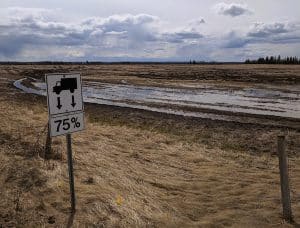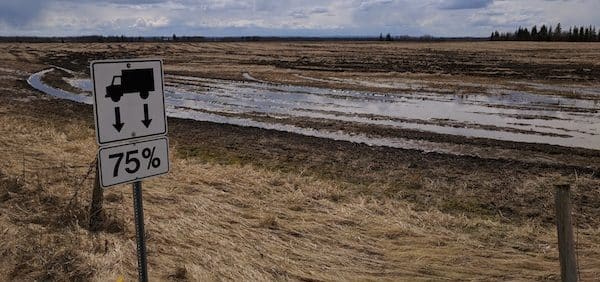Many areas of the Prairies — particularly central and north regions — are at least one to two weeks away from seeding. This would put seeding at mid to late May. Those dates are still good for yield potential and are within crop insurance deadlines.

By waiting for good field conditions on those fields, growers are able to place seed at recommended depths for strong establishment and fertilize into a band to achieve crop safety, crop yield and fertilizer efficiency objectives.
During a delayed spring, growers may wonder about broadcast seeding. While broadcast seeding canola onto warm and moist soils can sometimes result in very good emergence and establishment, fertilizer application and efficiency become the bigger challenges. These are the reasons:
Residue. Ammonium or nitrate sources in close contact with crop residues may be subject to immobilization as the residues decompose. Residue also presents a challenge for broadcast seeding as it may limit the soil contact for a lot of seeds. Seeds can germinate in the wet thatch, but they often die before they get rooted.
Surface application can increase nitrogen losses. Nitrogen losses tend to be lowest when fertilizer is banded about 2.5” or more into the soil. Urea or UAN sources of N can be lost by volatilization until they are incorporated or move into the soil with precipitation. As for phosphorus, broadcast applications mean that P is not in the seed row where seeds need it. And because P is immobile, it stays on the surface unless incorporated.
One option is to seed first then top dress N and S when the fields dry out.
Further reading:
More on fertilizer options – their benefits and risks
Tips for broadcast seeding canola

